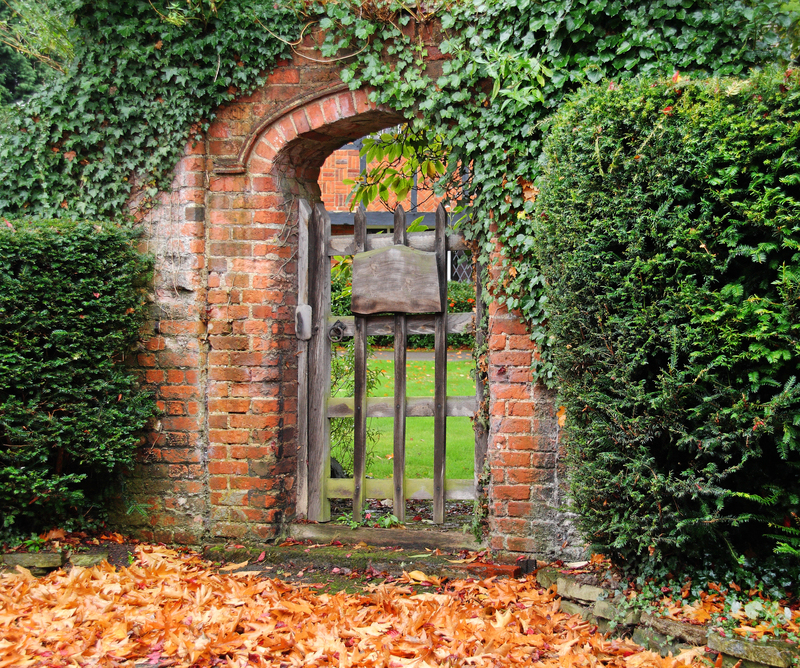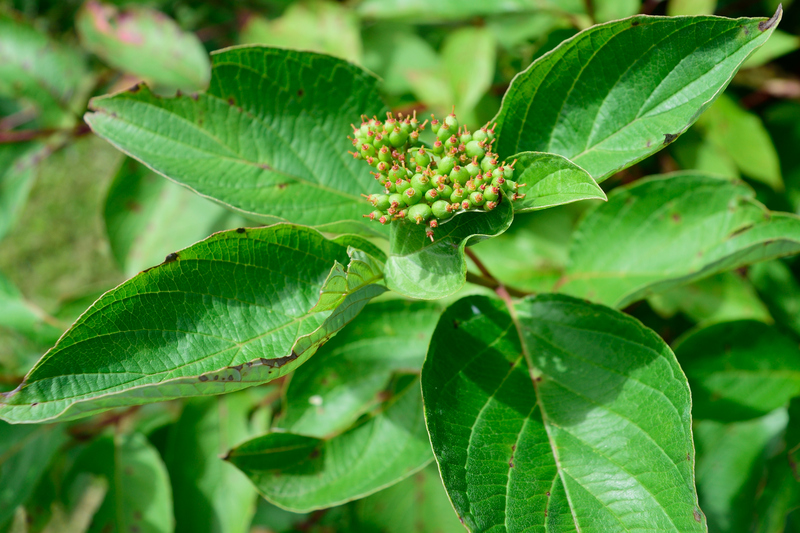Tips to Boost Pollinator Visits in Your Garden
Posted on 22/08/2025
Creating a garden that attracts pollinators such as bees, butterflies, and birds is essential for promoting biodiversity and ensuring the health of our planet. This guide provides tips on how to make your outdoor space more inviting for these vital creatures.
Understanding the Importance of Pollinators
Pollinators play a crucial role in the ecosystem by transferring pollen from one flower to another, facilitating the production of fruits, seeds, and the next generation of plants. Without pollinators, many of the plants we rely on for food would not be able to reproduce effectively. Furthermore, pollinators contribute to the beauty and diversity of our natural landscapes.

Choose Native Plants
One of the most effective ways to attract pollinators is to plant native species. These plants have evolved alongside local pollinators and hence, are more likely to meet their needs. Native plants generally require less maintenance and are more resistant to pests and diseases. Include a variety of native flowering plants to offer food resources throughout the growing season.
Provide a Variety of Flower Types and Colors
Different pollinators are attracted to different flower shapes and colors. Butterflies, for example, are drawn to brightly colored flowers with flat tops, while bees are more likely to visit fragrant, tubular flowers. Including a variety of shapes and colors in your garden will therefore attract a wider range of pollinators.
Ensure Year-Round Bloom
Planning your garden to have plants in bloom throughout the year will provide a consistent food source for pollinators. Choose plants with different blooming periods, and incorporate perennials, annuals, and biennials to ensure there is always something in flower ready to attract pollinators.
Provide Water Sources
Just like all other living beings, pollinators need water to survive. A shallow dish filled with water and some stones for perching can make a big difference. Birdbaths, small ponds, or even a dripping water feature can provide the moisture pollinators need.
Reduce or Eliminate Chemical Use
Pesticides and herbicides can be harmful to pollinators. Reducing or, if possible, eliminating the use of these chemicals in your garden will create a safer environment for pollinators. Adopt organic gardening practices, such as using natural predators to control pests and maintaining healthy soil through composting.
Create Shelter
Pollinators require shelter to avoid predators, escape harsh weather, and even nest. Incorporate trees, shrubs, and tall grasses to provide habitat. Additionally, you can install bee hotels or butterfly houses to give specific pollinators a dedicated home.
Support Pollinator Diversity
A healthy garden will attract a diverse array of pollinators. Encourage this diversity by planting a mix of flowers, shrubs, and trees that appeal to different pollinators. Understanding the needs of local species can help you design a garden that supports a variety of pollinators, from bees and butterflies to birds and bats.

Gardening Tips and Best Practices
In addition to the above strategies, here are some best practices to keep in mind:
- Deadhead flowers: Removing spent blooms can encourage more flowers to develop, providing additional food for pollinators.
- Leave some plant debris: Avoiding overzealous cleanup in the fall leaves some natural materials for pollinators to use for shelter.
- Group plants: Planting flowers in clusters rather than singly can make it easier for pollinators to find and utilize them.
- Choose single petal flowers: Single-petal varieties often have more nectar and are easier for pollinators to access than double flowers.
Conclusion
Boosting pollinator visits to your garden requires a combination of thoughtful plant selection, habitat creation, and organic gardening practices. By understanding the needs of local pollinator species and making your garden an inviting space, you contribute to the health of the environment and the global ecosystem. Not only does this benefit the pollinators themselves, but it also enriches your garden with vibrant flowers and lively activity. Start implementing these tips today, and watch as your garden blossoms into a pollinator paradise.







